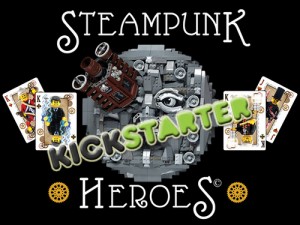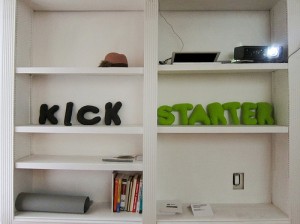When you hear the word ‘crowd sourcing’ chances are that you will think instantly of Kickstarter (either that or you’ll just think ‘say what?’). This is one of the most successful websites out there for getting a project out there and then finding the funding you need to get it off the ground. Thanks to the power of Kickstarter several high profile concepts have become a reality (or are on the way to becoming realities) with one of the most high profile success stories being that of the ‘Ouya’ video game console designed specifically with indie games in mind.
The Alternative
Enter Indiegogo, an alternative site that is experiencing a fair share of success itself using a very successful model. These two sites have a lot in common, for instance both allow creators to offer a tiered reward system so that they can entice more generous donations (maybe $5 for a free copy of the product, or $10 for a signed version). Likewise both have the same ‘all or nothing’ system reminiscent of Dragon’s Den - meaning that if the project doesn’t raise enough funds then it normally (see below) doesn’t get any money at all (which of course reduces the chances of backing a project that never comes to fruition).

But there are differences too. For one Indiegogo gives you the opportunity to choose to accept funding when the goals aren’t met if you’re willing to pay a higher percentage (9% versus 4%). This in turn means that if you fall just short of your intended goal you can still benefit from all your hard work. Another difference form a technical standpoint is the changes that Kickstarter recently introduced that prevented creators from showing mockups and concepts that aren’t actually working yet (only fully fledged prototypes and plans) and that added a ‘challenges and obstacles’ section. For those unhappy with these updates to the policy, migration to Indiegogo may be a real possibility.
On the other hand there are also differences owing simply to exposure that each site gets. Kickstarter here sees the more action, and on the one hand this bigger audience means more potential backers and variety of projects and a better community. At the same time though this also means more competition for those trying to get their project noticed and it also might be responsible for the slightly higher percentage that Kickstarter takes (5% rather than 4%). With that in mind it’s also worth considering the fact that when you collect funds from Kickstarter you’ll be forced to do so through Amazon which will incur a fee.
Choosing
Of course though it comes down to a matter of choice and it will come down to whether you want a bigger potential audience and bigger selection of backers, or a smaller more intimate arena where you might be able to stand out more. And then there’s always Rocket Hub…
Sara Brown is the writer of this article. She works for the Berkeley Sourcing Group. They are the leading company in the manufacturing of silicone injection molding.








